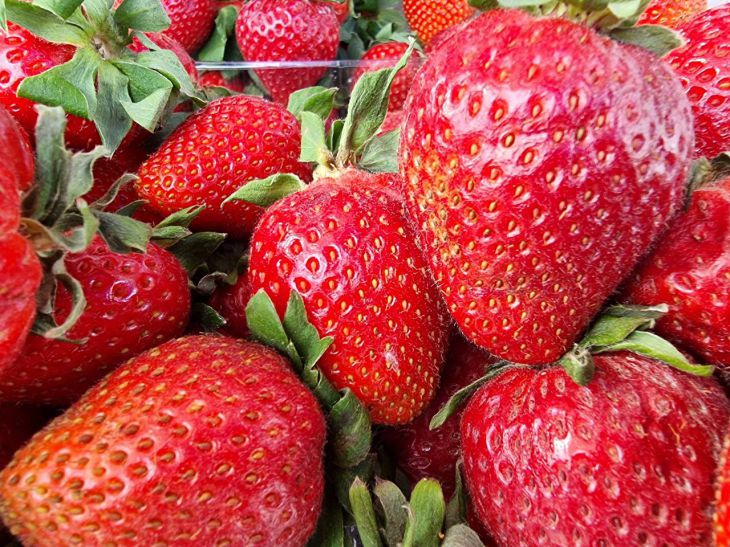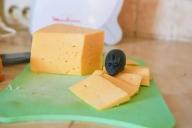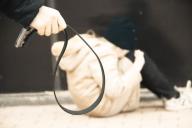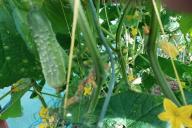May beetle larvae can eat the roots and underground parts of strawberries, which can lead to a decrease in yield or even death of the plants.
There are several methods of protecting strawberries from the cockchafer.
Preparations for May bug
Using insecticides. Insecticides are the most effective way to combat the cockchafer. However, not all insecticides are safe to use on strawberries, says Anastasia Kovrizhnykh .

Some of them can damage the quality of the berries. Therefore, it is necessary to choose insecticides that are safe for strawberries and comply with the manufacturer's recommendations.
Use of bacterial preparations. Bacterial preparations such as "Bitoxibacillin" or "Leptosperil" can be used to combat the cockchafer.
They affect the digestive system of the pest, which leads to its death. Bacterial preparations are safe for humans and the environment.
Mechanical methods of eliminating the cockchafer
Covering material
Covering material such as spunbond or agrotex can be used to protect strawberries from cockchafer. It helps prevent eggs from being laid on plants and protects the roots and underground parts from the pest larvae.
Use of traps
Cockchafer traps can be used to protect strawberries from this pest. Traps can be made by yourself from plastic bottles filled with a sweet liquid, such as sugar syrup. Cockchafers will be attracted to the traps, where they will get stuck and die.
Hand picking
Manual collection of cockchafers and their larvae is one of the most labor-intensive but effective methods of combating them. Before starting work, it is necessary to check the plants for the presence of beetles and their larvae.
May beetle larvae can be found under the soil surface, near the roots of plants. Beetles can be collected by hand using garden tools such as a garden spade, or simply pinched off with your fingers. Hand collection is most effective in the early stages when pest numbers are low.
Companion plantings
Plants that repel the cockchafer can be planted next to strawberries. These are onions, garlic, and cruciferous vegetables.
Following correct agricultural practices
Regular watering and feeding of plants will help them stay healthy and resistant to pests.
It is also important to maintain healthy soil and not over-fertilize it. This will help maintain balance in the soil and prevent pests from multiplying.
Cockchafer can be a serious threat to strawberries, but there are many ways to control it.
The use of insecticides, bacterial preparations, covering material, traps and hand picking can help protect strawberries from cockchafer.
Companion planting and proper agricultural practices can also be used to reduce the risk of strawberry damage by this pest.
Earlier we talked about spring care for strawberries.









